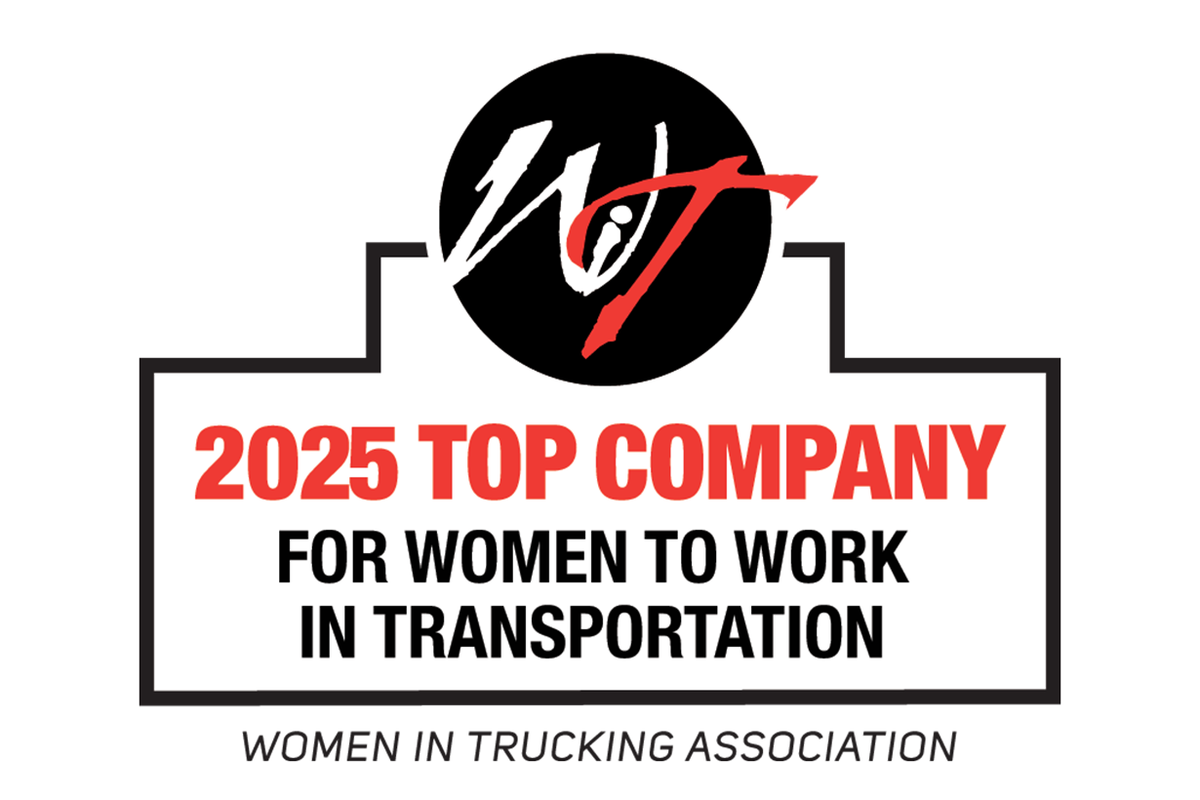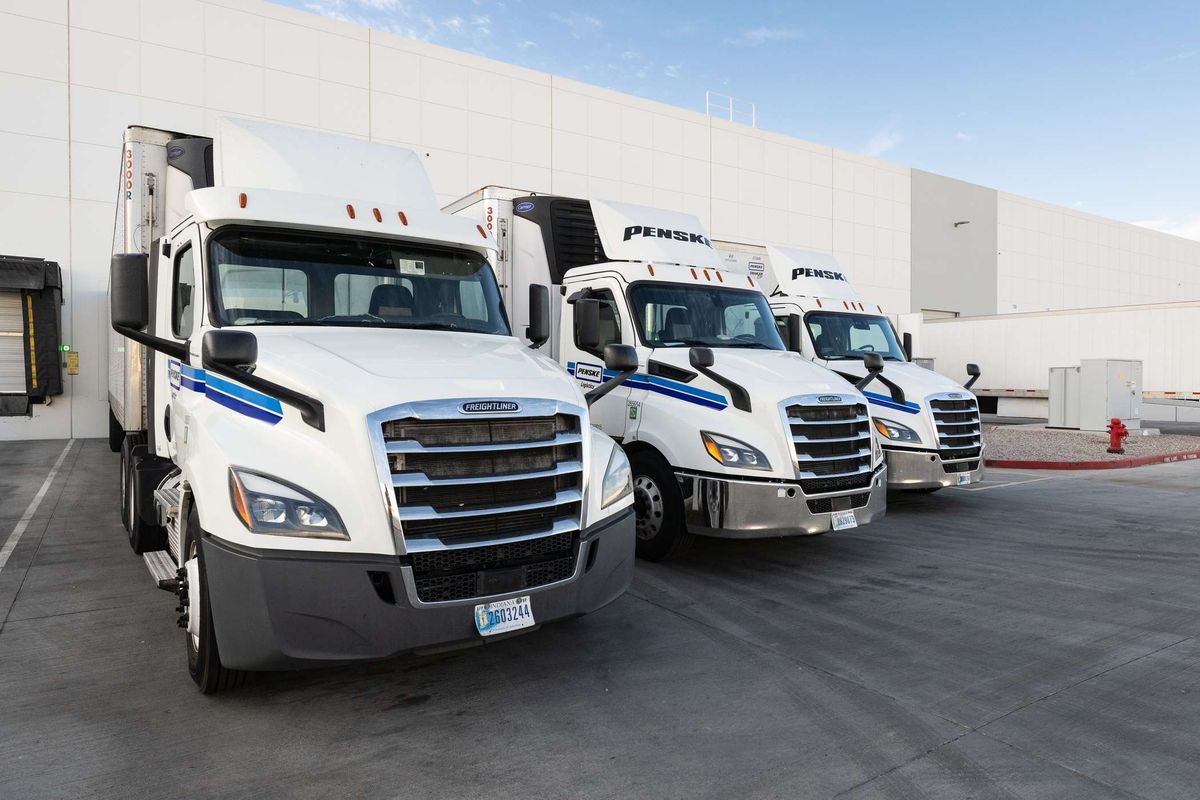Guest Editorial: Standardize My Supply Chain Mess and Run it for Less
Supply chain and logistics outsourcing is rarely an easy decision for large companies to make, yet it may be an increasingly necessary step for some especially during these challenging economic times.
By managing their own logistics operations, companies have become stagnant in their processes, yearning for out-of-the-box thinking but unsure of how to get there.
Supply chain and logistics managers may simply be overwhelmed by keeping up with each country's ever-changing regulations and solving today's problems to spend time truly innovating. At the end of the day, they're also seeking to cut costs to keep pace with their competitors. But outsourcing is so much more than running it for less. It's about better processes and more visibility.
European Supply Chain and Logistics Perspectives
In a survey of European logistics and other chief executives conducted by Dr. Robert Lieb, it was noted that pricing pressures are top of mind for the supply chain industry. In an environment where projected regional industry growth for 2010 is only 4.8 percent (after being -1.4 percent in 2009), every resource is vital.
Recently, my colleagues and I met with senior supply chain executives from a leading global manufacturer. We discussed the merits of outsourcing to a 3PL. During our discussion, one executive succinctly stated their intentions: “standardize our mess, and run it for less."
The company desired to spend less energy worrying about carrier options, warehouse management and route optimizations. They sought to devote more face-to-face time with customers. They wanted their supply chain to be a competitive advantage, flexible enough to quickly adapt to the needs of a recovering European Union and other broader markets.
How does a company shift from a decentralized and fragmented supply chain -- to one with visibility, standardized processes and an innovative environment?
A third-party logistics provider (3PL) can often help tap into a new world of ideas and best practices that have helped invigorate supply chains for other top global corporations. Typically, companies benefit from consultative logistics partners that can aid in the firming of the company's supply chain vision and take the lead in delivering needed change in this new normal.
Traditional European companies feature country-centric management structures, a range of ERP systems, decentralized procurement, division and factory P/L's, and a host of multiple processes. A 3PL can standardize and centralize their supply chains and introduce new costs measures.
Supply Chain Centralization Unlocks Synergies
In my opinion, centralization, whether constructed internally or through a 3PL, will unlock a host of streamlined synergies. Within each of the company's profit centers are smart ideas that a company's supply chain team has implemented. The question is – how do these processes become visible on a corporate level, and repeatable across the entire organization?
The first step is to move execution to a consolidated platform. This consolidation will provide the visibility to allow process synchronization, data to understand how good flows really work, and a better understanding of which processes drive logistics execution. Once execution is on a consolidated platform, it is time so seek the global optimum, rather that the local optima.
When moving to a consolidated platform, a corporation needs the buy-in of its stakeholders. Today, supply chain conversations have moved from the backroom to the boardroom. It is imperative to build a business case, showing local P/L owners what the advantages are. The logical next step is to seek out reams of data.
Some companies, upon closer inspection, discover that local systems do not possess sufficient data on local carriers – such as rates and performance levels. Typically, in-house systems store customer order data, and do not record how the order was actually shipped. Are there volume deviations? Did production planning changes lead to different transport service requirements or modes?
Supply Chain Data Quality is Critical
Not having this crucial carrier data leads to gross overestimations or underestimations of a company's freight expenses, leading to cost uncertainty of as much as 50 percent. An easier route may be to look at benchmarking. How does the company stack up against its competitors? The company needs to compare their supply chain footprint. How many warehouses are in the network? How much inventory needs to be carried? How many different providers are used? What are the processes that lead to inbound and outbound shipments? If the company is considering outsourcing, one needs to closely examine professional references of potential outsourcing partners.
When a company has reached the point of shipping their products via a centralized platform, they can easily transfer the processes across the entire supply chain in repeatable actions. While transferring to the centralized environment, it is important to create metrics that are well documented and track potential improvements.
After all transactions have been transferred to a centralized platform, the supply chain manager can standardize the process, but has to be a strong change agent for these much-needed improvements to modify long-time behavior.
Now, this is when innovation can begin to take shape and dynamically transform the organization. When visibility has been achieved, that is when insights can be generated. Those insights will lead to new ideas, which further go down the road of incremental improvement. Setting aggressive targets through a solid governance model will drive disruptive and radical improvements.
Avoiding Supply Chain Centralization Pitfalls
The value in centralization of supply chain processes is unquestionable. So, the answer to “will you standardize my mess and do it for less?" is a resounding yes -- but you have to ask the harder question before you start: do you have the commitment it takes to make it work? Let me warn companies, and their supply chain managers: there are potential pitfalls in getting there. In an effort to avoid these speed bumps, I recommend being vigilant in the following areas:
- Be aggressive with the timeline, and support the project with senior governance
- Change management and fresh communications are paramount
- Resource for innovation, and empower the team to drive change and innovation
- Select a partner that focuses on the company, a logistics partner with the capacity to analyze
- Have a collaborative relationship and a strong plan of attack
- Allow for true gain sharing and incentives; for most companies there is so much value they wish not want to share
- Create a contract with the outsource service provider that is broad enough to be based on business outcomes
If your company and supply chain leadership are willing to accept the reality of the circumstances, adopt pragmatic approaches, centralized supply chains, and the move to innovation, then the benefit to the company's supply chain will be substantial. So much so, executives will wonder why they waited so long to get there.
By Erik van Egmond
DISCLAIMER: The content provided is for general informational purposes only. Penske makes every effort to ensure the accuracy of the information presented; however, the information herein is provided without any warranty whatsoever, whether express, implied or statutory. In no event shall Penske be liable for (i) any direct, incidental, consequential, or indirect damages (including loss profits) arising out of the use of the information presented, even if Penske has been advised of the possibility of such damage, or (ii) any claim attributable to errors, omissions, or other inaccuracies in connection with the information presented.
Recent Articles




